Fashion forward: How to combat climate change through clothing

When we think of fashion, we don’t usually think about science – but if we look closely, it has played a huge role. So, let’s look at the past, present, and future of the term ‘fast fashion', see why a vintage clothing revival is what the world needs, and how scientific expertise and entrepreneurial innovation can make fashion greener.
Unwinding threads
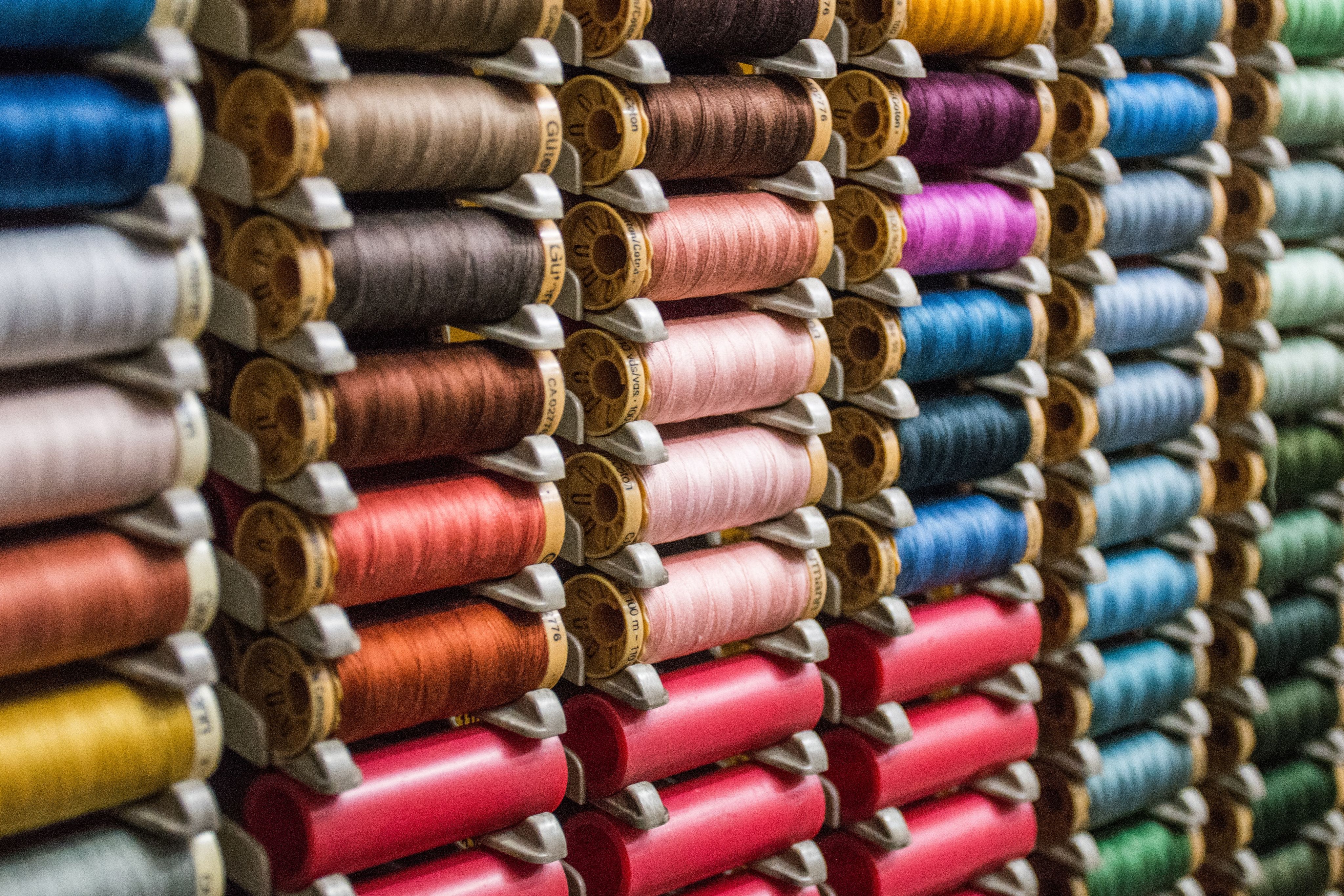
As London Fashion Week gets underway once more, one thing is certain: society values the newest trends, the most stylish outfits and the chicest looks – still with an eye on buying clothing cheaply. Despite this, rarely do we consider the environmental implications of our shopping habits. A desire for supplying the latest fashion trends, cheaply and in vast quantities, has led to the fashion industry becoming one of the world’s major polluting industries. The industry is responsible for almost 10% of greenhouse gas emissions, predominantly caused by vast overproduction of clothing items to satisfy consumer demand for ‘fast fashion.’
The term ‘fast fashion’ was first coined by the New York Times in the early 1990s to describe promises made by retailers to drastically reduce the time it takes to get clothing from factories to shelves, replicating catwalk trends and high fashion. This change was profit driven, as retailers focused on increased manufacturing speed at the lowest prices possible, often with a significant human cost. A stark reminder of this was the Rana Plaza factory collapse in Bangladesh in 2013, where over 1,000 garment workers were killed.
This clamouring for cheap clothing to keep up with changing trends has a destructive impact on our climate. Fast fashion is also known as disposable fashion, underlined by remarkable amounts of discarded waste as consumers throw away old clothes to keep up with the latest trends. Let's pause fast fashion, look at its longevity problems and explore the ways Imperial College London scientists are striving to combat this.
The problem with fashion
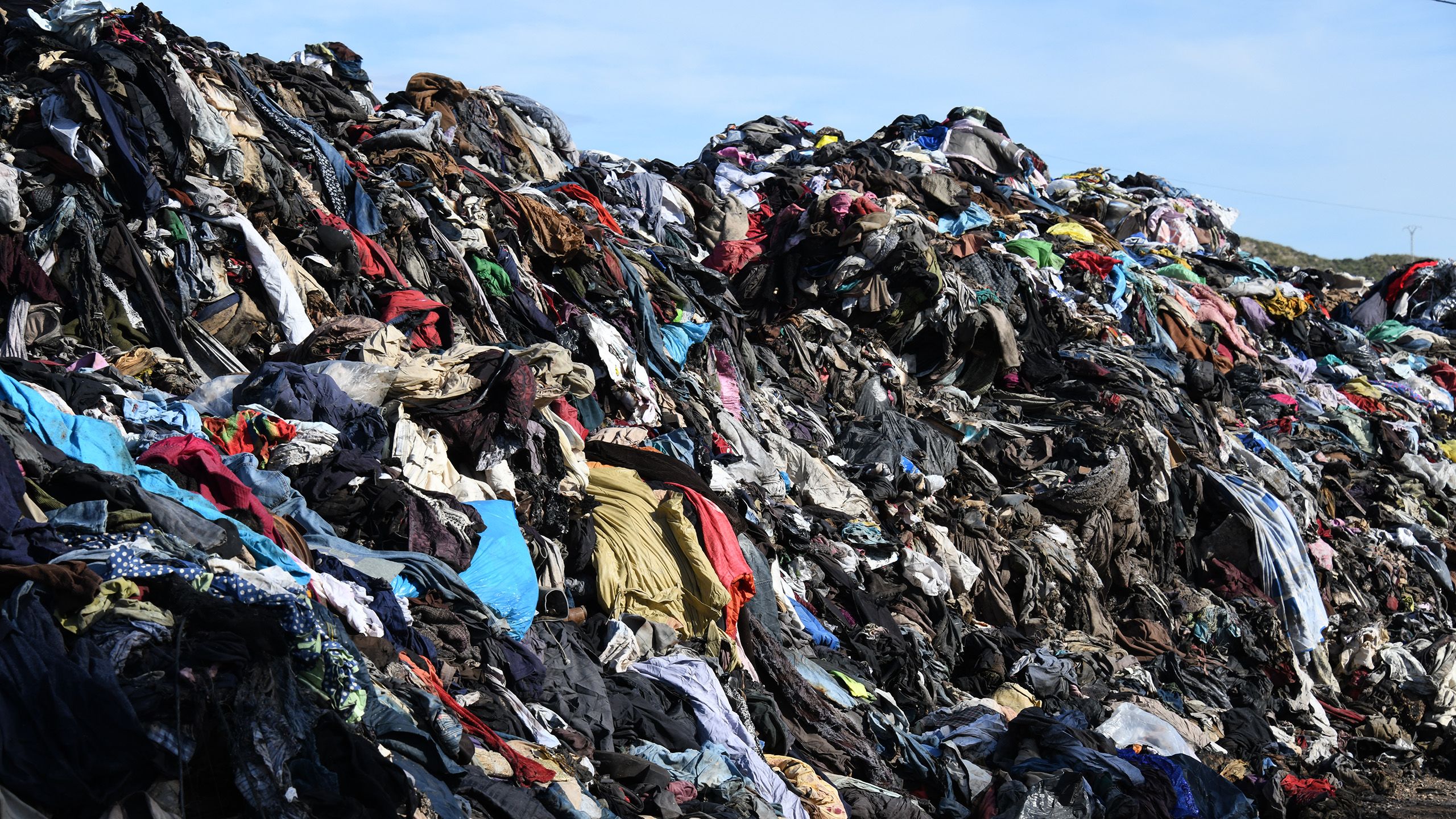
The fashion industry has a destructive and irreversible effect on the environment: it depletes the world of non-renewable resources, releases greenhouse gases into the atmosphere and drains vast amounts of water and energy. It is estimated that the fashion industry is responsible for 2 to 8 per cent of global CO2 emissions – greater than all international flights, maritime and shipping combined.
Its water consumption statistics are even more shocking, with around 215 trillion litres of water being consumed by the industry each year. Many of the key cotton-producing countries are under high water stress, including China, India, the US, Pakistan, and Turkey.
Nadine Moustafa, a final year PhD researcher at Imperial’s Department of Chemical Engineering, focuses her research on carbon capture and storage but is also interested in the link between science and the fashion industry.
We must overcome this strange, irrational mental block about wearing something someone else has already worn.

Nadine Moustafa
Nadine Moustafa
Nadine said: “At the moment, there's a lot of greenwashing* in the industry. There are many companies vouching for things and trying to investigate loopholes about how they can market themselves as sustainable. Consumers are becoming more aware of this, and so that might change, but companies must justify their facts with research and reports.”
Vintage shopping is the way to get truly environmentally friendly options, she says: “The good thing about ‘vintage’ is that it promotes resale and wearing preloved items. But we must overcome this strange, irrational mental block about wearing something someone else has already worn.”
When it comes to the most popular outfits, it is no secret that fashion trends are recycled. Consumers are increasingly looking to get their hands on vintage clothing, while retailers are responding through the production of vast quantities of imitated clothes.
The pandemic and effects of lockdown have also affected our clothing habits. During initial lockdowns, many people underwent clear-outs, and the UK public disposed of roughly 67 million pieces of clothing. While most stored their items to donate to charity – once shops reopened after lockdowns – as many as 14% of people will dispose of their unwanted clothes in general rubbish, with these items ending up in landfills or incinerators.
In addition, as over 80% of transactions in the fashion industry happen in physical stores, being deprived of this pushed consumers online and into poorly regulated online stores. Subsequently, searches for ‘cheap clothes’ increased by 46.3% between March and June 2020.
Despite lockdown, and the vintage clothing revival, there appears to be no way to reverse the negative impacts of the fashion industry on our climate. Although it may seem an unlikely match, science perhaps holds the answer to slowing down fast fashion.
*Greenwashing is when a company conveys a false impression to portray their products as more environmentally friendly. This can be seen in a variety of sectors from portraying ethically mined materials in technology through to sustainable clothing.
Scientific solutions
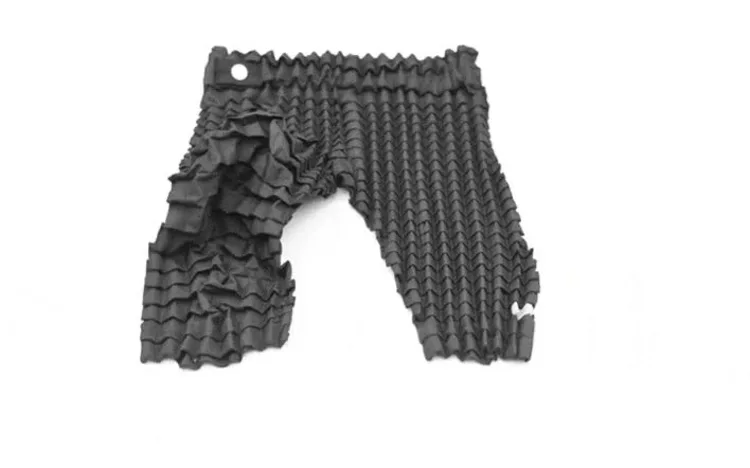
Traditionally clothes were made from materials sourced from plant and animal, such as cotton, linen and leather, however today clothes are increasingly likely to be made of materials derived from fossil fuel-based crude oils to create polysynthetic fibres like nylon and polyester. These materials do not biodegrade, meaning they are harmful to the environment.
Imperial entrepreneurs have evaluated the materials we use in our clothes and proposed sustainable solutions.
Climate-resilient farming
Cotton is the most widely used natural fibre in the textile industry, with an estimated 27 million tonnes produced annually. Despite its widespread use, the water footprint of cotton is large, requiring between 8,000 and 10,000 litres of water to produce one kilogram of cotton on average, which equates to 2.6% of global water usage – contributing to water scarcity. There is a need for a more sustainable way to grow this material.
Materra are building climate-resilient farming systems to empower more sustainable cotton supply chains. The team, founded by three graduates from the Dyson School of Design Engineering, have developed new technology to grow cotton with minimal environmental impact and maximum yields. This technology combines precision agriculture – an approach to farm management that uses data to ensure that crops and soil receive exactly what they need for optimum health and productivity –, environmental control and real-time data tracking.
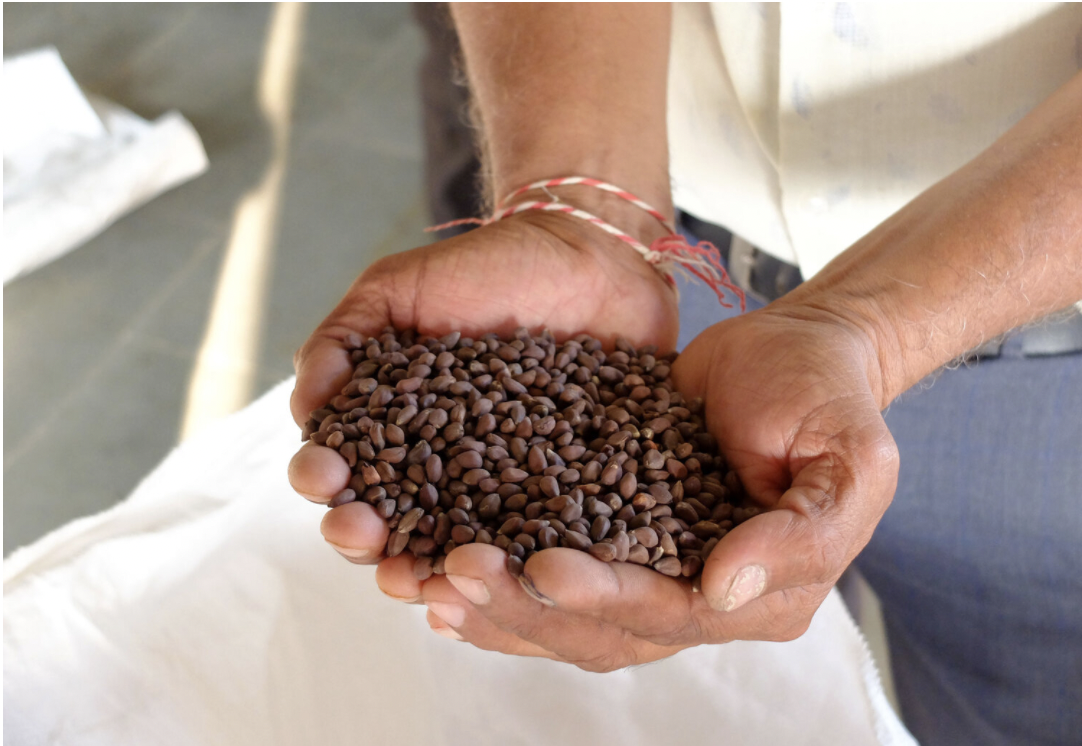
A handful of cotton seeds ready to be planted on the farm. Credit: Materra
A handful of cotton seeds ready to be planted on the farm. Credit: Materra
Over the past two years, the company has been running trials of its technology and farming approach at a test site in Essex. Results from these trials have demonstrated the ability of Materra’s technology to produce extra-long-staple cotton that is pesticide-free, uses 80% less water and fertiliser, and increases yields four-fold.
In early 2021, the company set up its first industrial pilot in Gujarat, India’s largest cotton-growing region with collaborators Fashion for Good, Arvind Limited, Kering and PVH Corp. Through this project, the Materra team will be working closely with farmers on the ground to design and implement their real-time data tracking approach.
Materra was founded by Edward Brial, Edward Hill and John Bertolaso.

Co-founders of Materra Edward Brialco, Edward Hill and John Bertolaso (L-R)
Co-founders of Materra Edward Brialco, Edward Hill and John Bertolaso (L-R)
Clothes that grow
An Imperial graduate aims to tackle waste caused by disposable fashion with a new solution: clothes that grow.
Petit Pli turns recycled plastic bottles into clothes that expand with the child who wears them, reducing water and carbon footprints, and the need to keep buying new clothes. Their circular design approach eliminates waste before, during and after use, with garments that grow up to seven sizes.
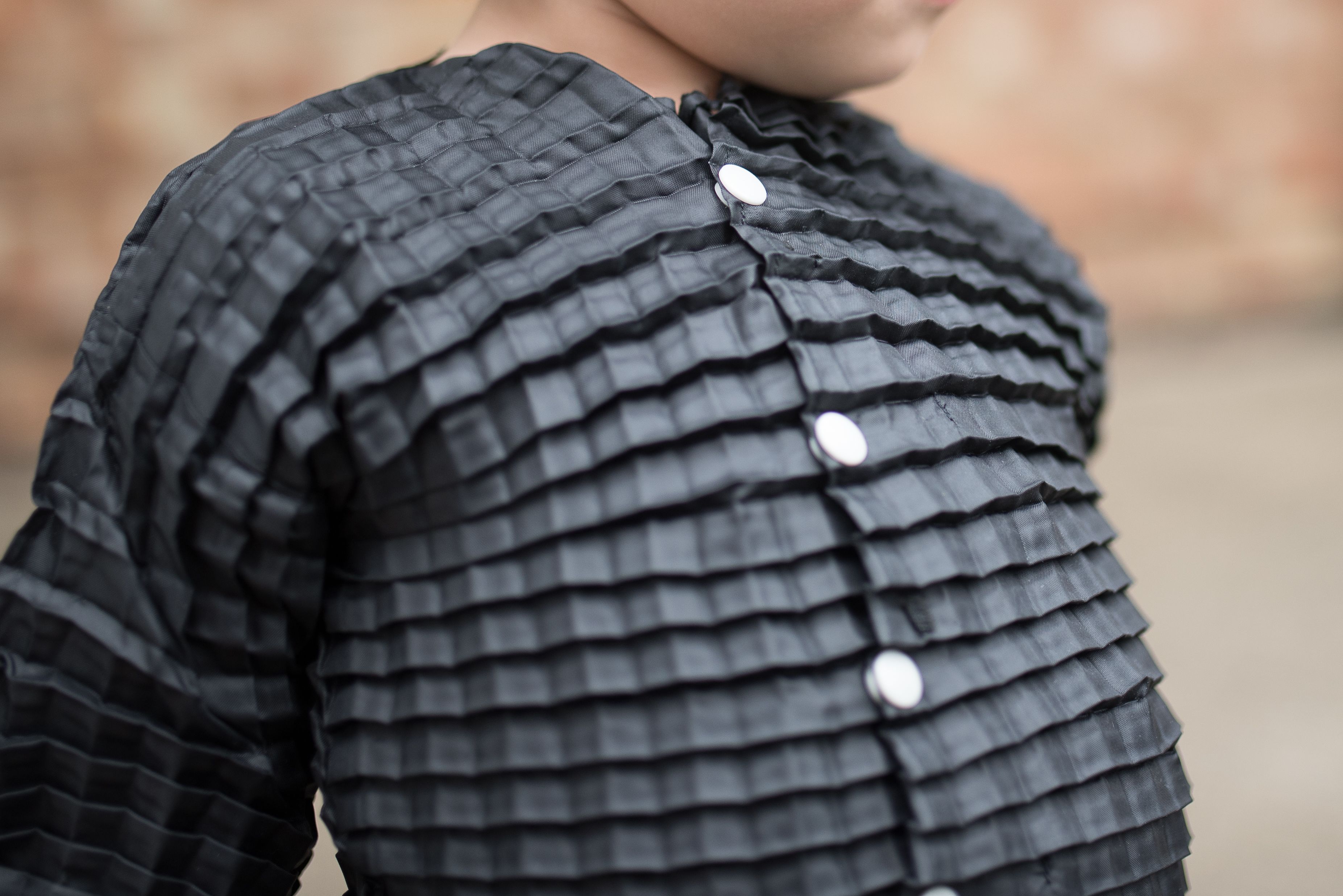
Credit: Petit Pli
Credit: Petit Pli
While he was a student on Imperial’s Global Innovation Design course, founder Ryan Mario Yasin won the James Dyson Award for Petit Pli, an international design award that celebrates, encourages and inspires the next generation of design engineers. While starting off with childrenswear, the team have now branched into sustainable adult wear – such as clothes that grow for those going through pregnancy.
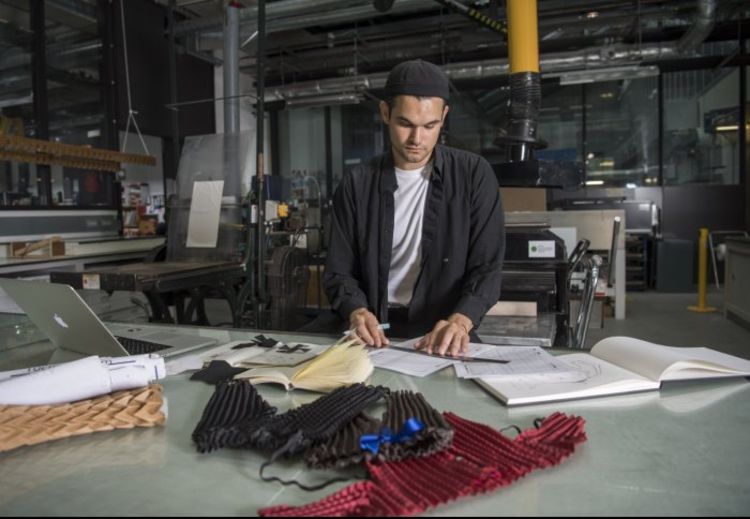
Ryan Mario Yasin, founder of Petit Pli. (Credit: Royal College of Art)
Ryan Mario Yasin, founder of Petit Pli. (Credit: Royal College of Art)
Sustainable dye
Founded by recent Chemical Engineering PhD graduates Aida Rafat and Anton Firth, and Professor Jason Hallett, DyeRecycle's innovative technology proposes a new way to colour clothing, sustainably.
DyeRecycle provide a circular chemical technology to decolour textile waste and reuse old dyes. Their patent-pending process takes in coloured textile waste and transfers the colour onto new material, decolourising the waste. The resulting white fibres are then more easily recycled and carry a higher value.
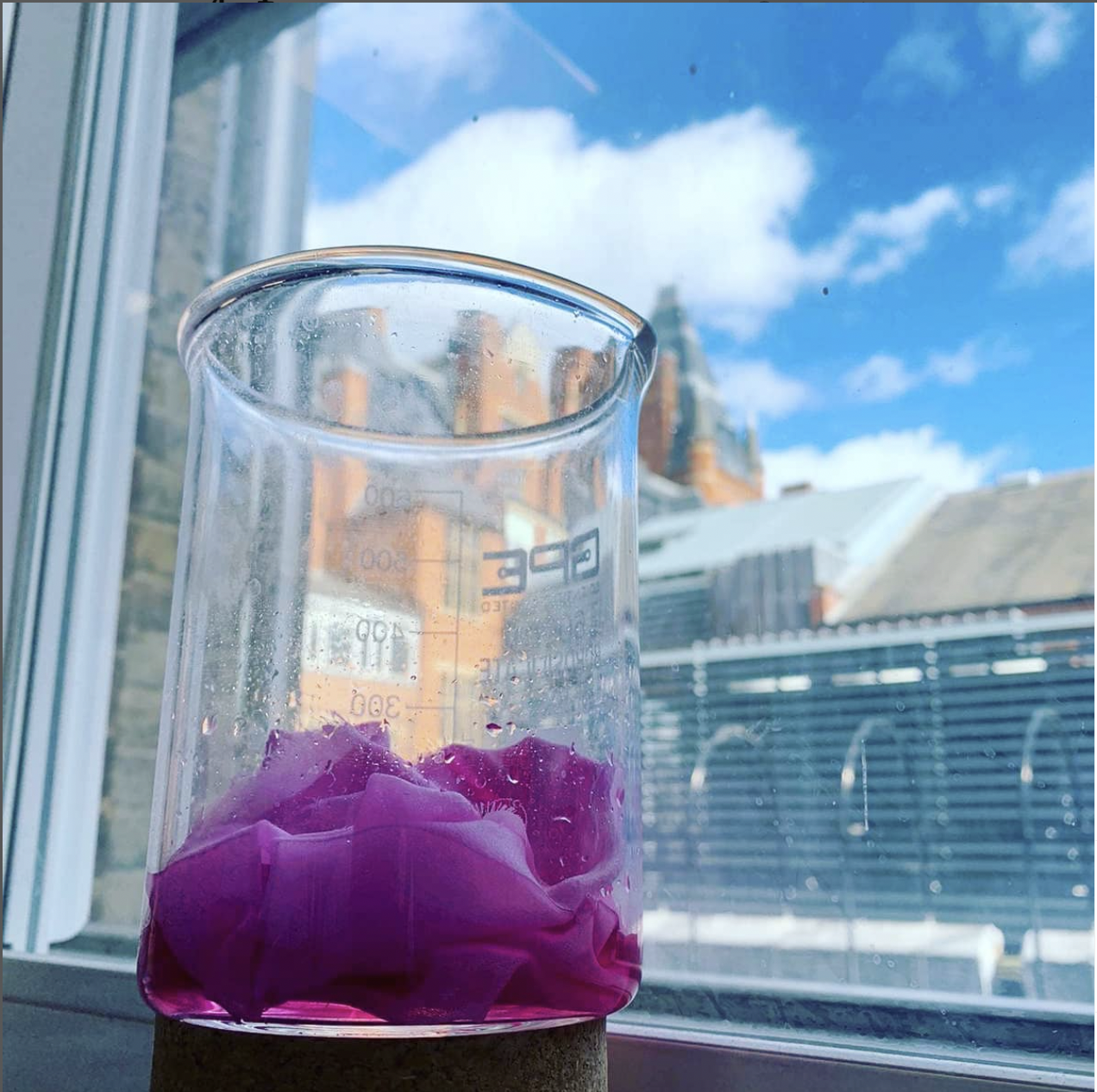
Credit: DyeRecycle
Credit: DyeRecycle
DyeRecycle’s process also recycles the dyes, creating a new, circular source of dyes and reduces the leaching of dyes and chemicals in the fabrics to the soil from landfill. The extracted dyes are robust and the shades and colours in the subsequent dyeing process can be carefully controlled and applied to a range of textures.
The team plan to source their textile waste from London’s large, established sorting houses. Decoloured material could then be sold to textile recyclers and offer a sustainable dying service to London’s 1,500 apparel manufacturers.
The team say that their process leads to an 85% reduction in dyestuff use, a 65% reduction in water footprint, 57% less cumulative energy demand and 70% less global warming potential.
Plant positive textiles
Saltyco is a materials science company that makes planet-positive textiles by actively healing damaged ecosystems through their innovative material supply chain.
The team’s approach to regenerative agriculture focuses on three elements: restoring, context-led farming and steady growth, and involves partnerships with a community of farmers and conservation groups. The agricultural methods the team uses include:
- Conservation agriculture – restoring natural ecosystems by removing invasive crops that dominate local environments, promoting biodiversity and soil health.
- Paludiculture – farming on wetlands, such as rewetted peatlands, bogs and fens.
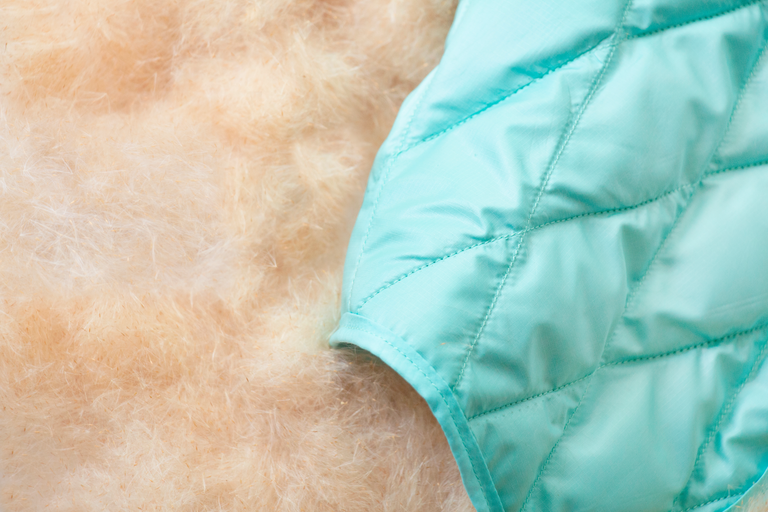
Credit: SaltyCo
Credit: SaltyCo
The team have developed BioPuff, a plant-based fibre fill material designed to keep wearers warm without harming the environment. It is an alternative to animal and petroleum-based products, created by growing plants using regenerative wetland agriculture. The team say that BioPuff resembles down and is lightweight, warm and naturally water repellent, while also being biodegradable and cruelty free. Its cluster structure traps heat within small air pockets to retain warmth.
Saltyco is made up of four Imperial graduates who took home a prize at the 2020 Venture Catalyst Challenge, ran by Imperial’s Enterprise Lab, for their initiative – Julian Ellis-Brown, Nelly Taheri, Antonia Jara Contreras and Finlay Duncan. The team recently developed a capsule collection in partnership with fashion brand YOOX, after winning the inaugural Vogue YOOX Challenge in 2020.
Fashion’s future
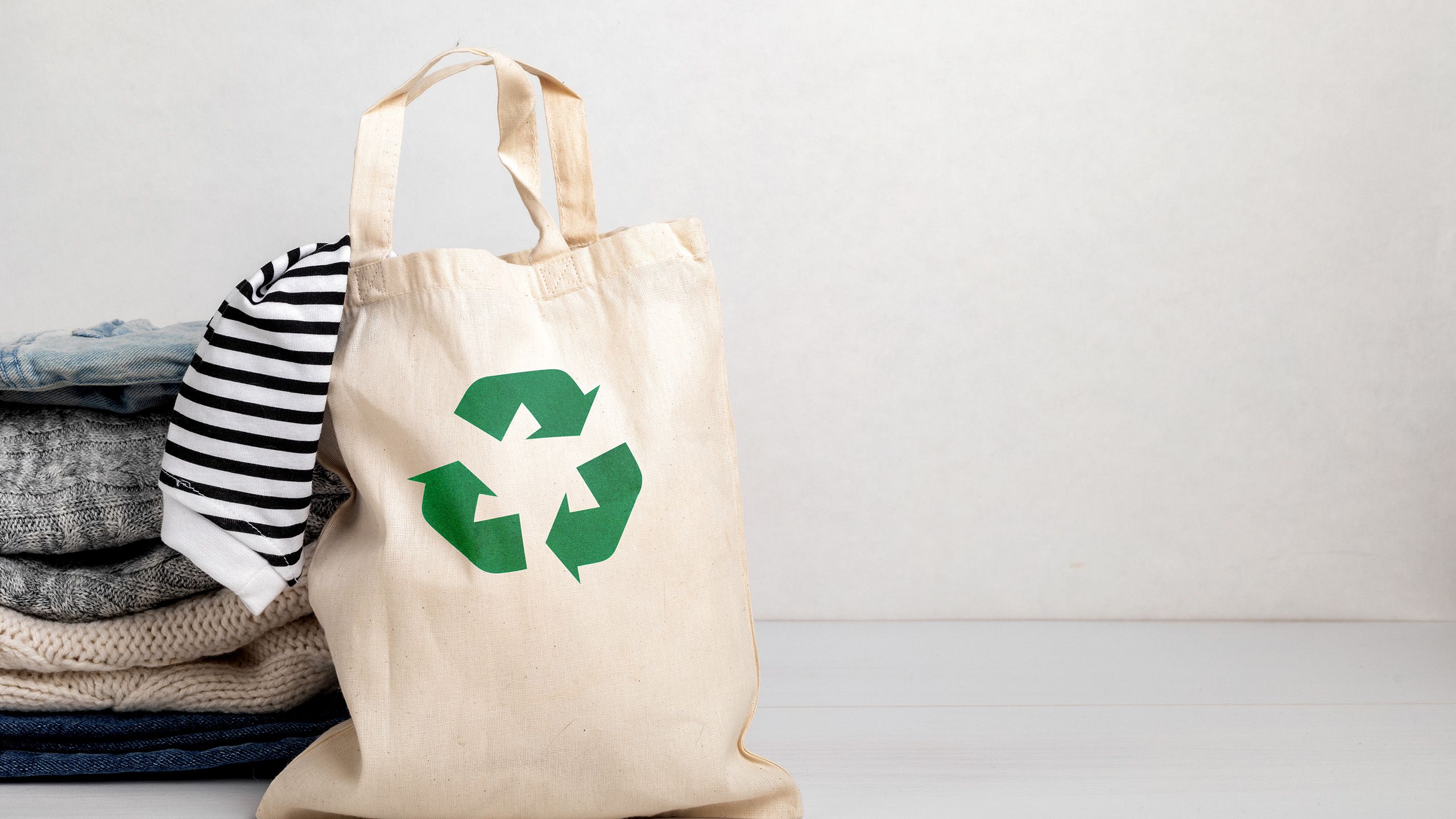
As for fashion’s future? Sustainable alternatives are needed. If the fashion sector continues its current trajectory its share of carbon budget will increase to 26% by 2050 and considering that by 2030 the global middle class will increase to 5.5 billion, three times as many natural resources will be needed by 2050 when compared to 2000.
Science and fashion are an unlikely combination, but there is also no doubt that scientific discoveries will play a significant role in changing our shopping habits for the better as consumers, but also for the better of our world.
Words: Joy Adeogun
Edited by: Joanna Wilson
